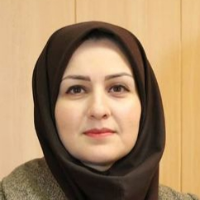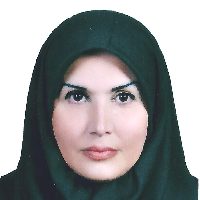Factors Effecting the Preservation of Indigenous Housing Values and the Regional Texture of Sistan in Line with the Revitalization of Rural Settlements
Nowadays, with the disappearance of traditionalism in rural housing design, constructions that deviate from the traditional and indigenous housing patterns are noticeable, and as a result, native values and traditions in rural housing have been disregarded. On the other hand, rural housing is the most humanistic subject of architecture and provides for the diverse needs of local residents. Therefore, this research was conducted with the aim of examining the effective factors in preserving the values of endemic housing and regional texture in Sistan towards revitalizing rural settlements.
Design/ Methodology/ Approach:
The qualitative-quantitative research method was used in the present study. The statistical population consisted of two parts: the first part included experts and graduates in architecture who were selected as a sample size of 20 people based on purposive sampling. The second part consisted of the villagers of Qaleh now, Deh Arbab, and Deh now Piran. Background field method, Delphi method, FARAS + FKOPRAS models were used to analyze data in both qualitative and quantitative sections.
Finding:
the results of background theory showed that from the perspective of experts, some factors such as preserving rural landscape, principles of protecting native housing values towards development with a focus on indigenous culture, interaction in preservation and revitalization of regional fabric and rural indigenous housing as well as cultural tourism in villages were identified as effective factors in preserving endemic rural housing values. Also, Delphi results showed that Kendall’s coefficient for concepts and meaningful units obtained from expert interviews did not differ significantly. In this regard, fuzzy model results showed that developing an ideal pattern for indigenous housing in Sistan with a weight of 70/72; principles of protecting native housing values towards development with a focus on indigenous culture with a weight of 66/72; integrated and cohesive management with a weight of 59/72, received the highest and lowest importance in preserving indigenous rural housing values in Sistan respectively.
-
Futures Studies of the Environmental Component in Educating Cities: An Approach Based on Global Experiences
Sara Feli *, , Hossein Zabihi
Journal of Geography and Regional Future Studies, -
Analytical Comparison; On the Challenges and Opportunities of Architectural Components Influencing Urban Branding in Yazd and Rasht
Rana Abbasi, *,
Journal of Urban Economics and Planning, -
Analyzing the Effective Components of Improving the Quality of Teaching Architectural Design to Conservatory Students
Zeynab Moghadas, *, Hossein Zabihi
Journal of Educational Planning Studies,



